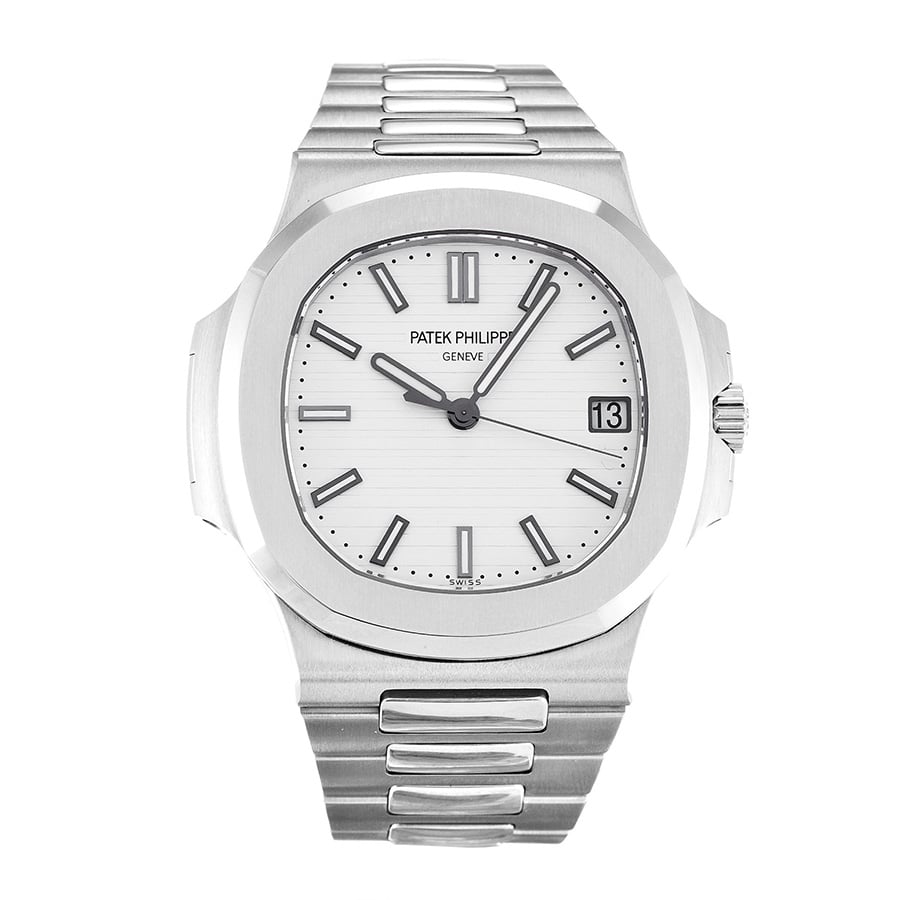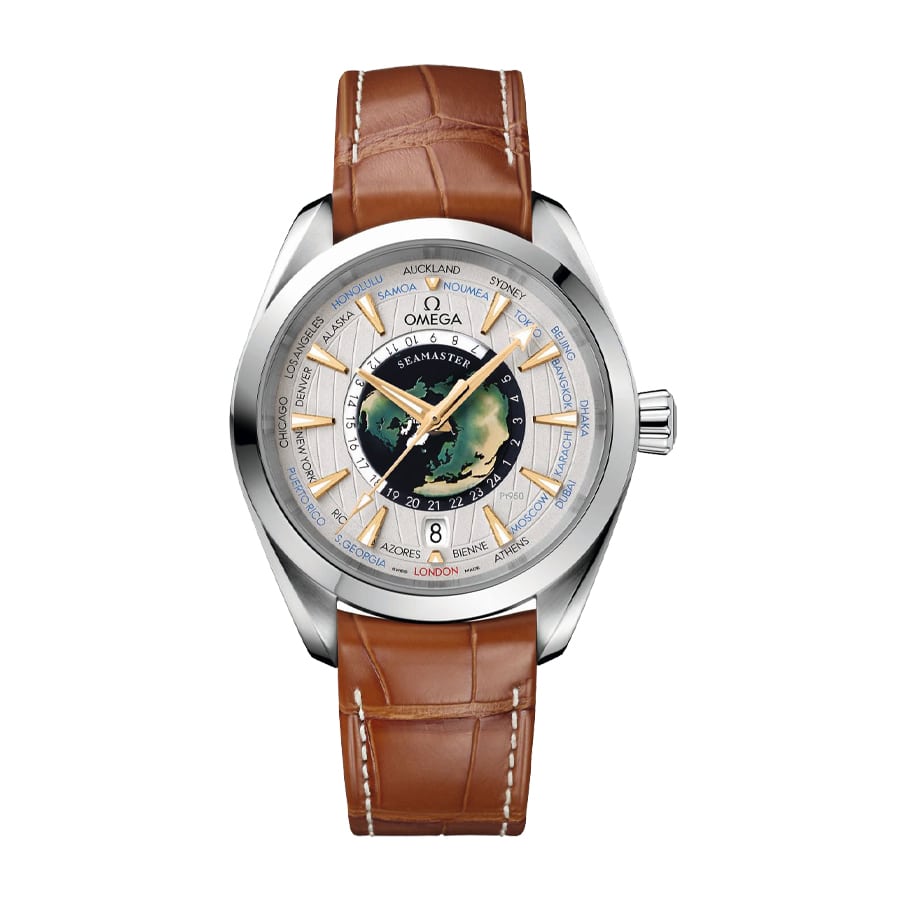
Do you know why Luxury Watches Need Service
For example, a tiny piece of copper breaks off from a wheel tooth when the copy watch is subjected to extreme shock. This is common and may not even affect the watch’s chronograph function. This fragment may roll around inside the mechanism for a long time, causing minimal damage and negligible interruption. 
However, if it gets into the lubricant, it will likely stick there. Once it is stuck, it has the potential to cause significant damage from frequent contact with finely forged components such as wheel pinions. Even though wheel pinions are usually made of steel (much harder than brass), the presence of foreign material around or between the heavy bearing points of the pinion can still crack the metal over time, roughening its surface and increasing friction (and resistance) between the pinion and the jewel bearing it sits in, thus affecting the watch’s ability to keep good time.
Minor problems like these – lubrication issues or minor damage to components from general use and nominal shock – are prevented by regular servicing. Just because your watch isn’t showing an error doesn’t mean there isn’t one brewing inside. Damage to a wheel pinion (even damage to the point where the pinion is worn to dust and disappears altogether) is minor compared to the kind of damage that can occur to a more important component – most notably the main bridges.
This is what I mean by severe wear and tear. All owners want to avoid a situation where a huge part of the movement needs to be replaced. Not only is this expensive, but it can also be time-consuming. It can also have a very negative impact on the value of the watch and can even destroy its provenance. It’s one thing to replace a random third wheel with another identical package; it’s another to replace a serialized base plate. These massive failures usually take quite a while to manifest themselves, but it’s important to stay on top of these things so that major problems like the ones mentioned above don’t occur.
For the more complicated replica watches with a respected heritage (Patek Philippe, for example), you need not fear. These brands are usually able to call on centuries of know-how to restore almost anything that carries their name. However, the newer brands at this level are less reliable. High-tech brands that emphasize new materials and machinery don’t (and crucially won’t) have the ability to guarantee parts sourcing times like their older counterparts. So, if this is the kind of watch you like to wear, be diligent about maintenance. Don’t be afraid to rely on the brand’s customer service and ask for quality work to ensure your favourite ticking clock keeps running and running well for many years to come.